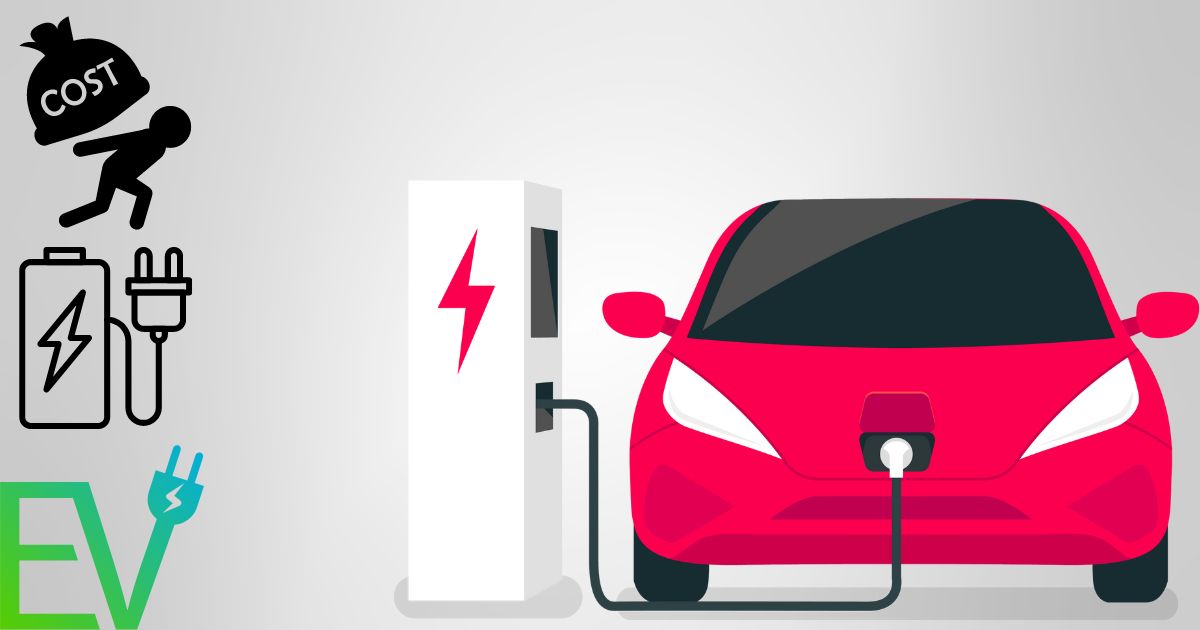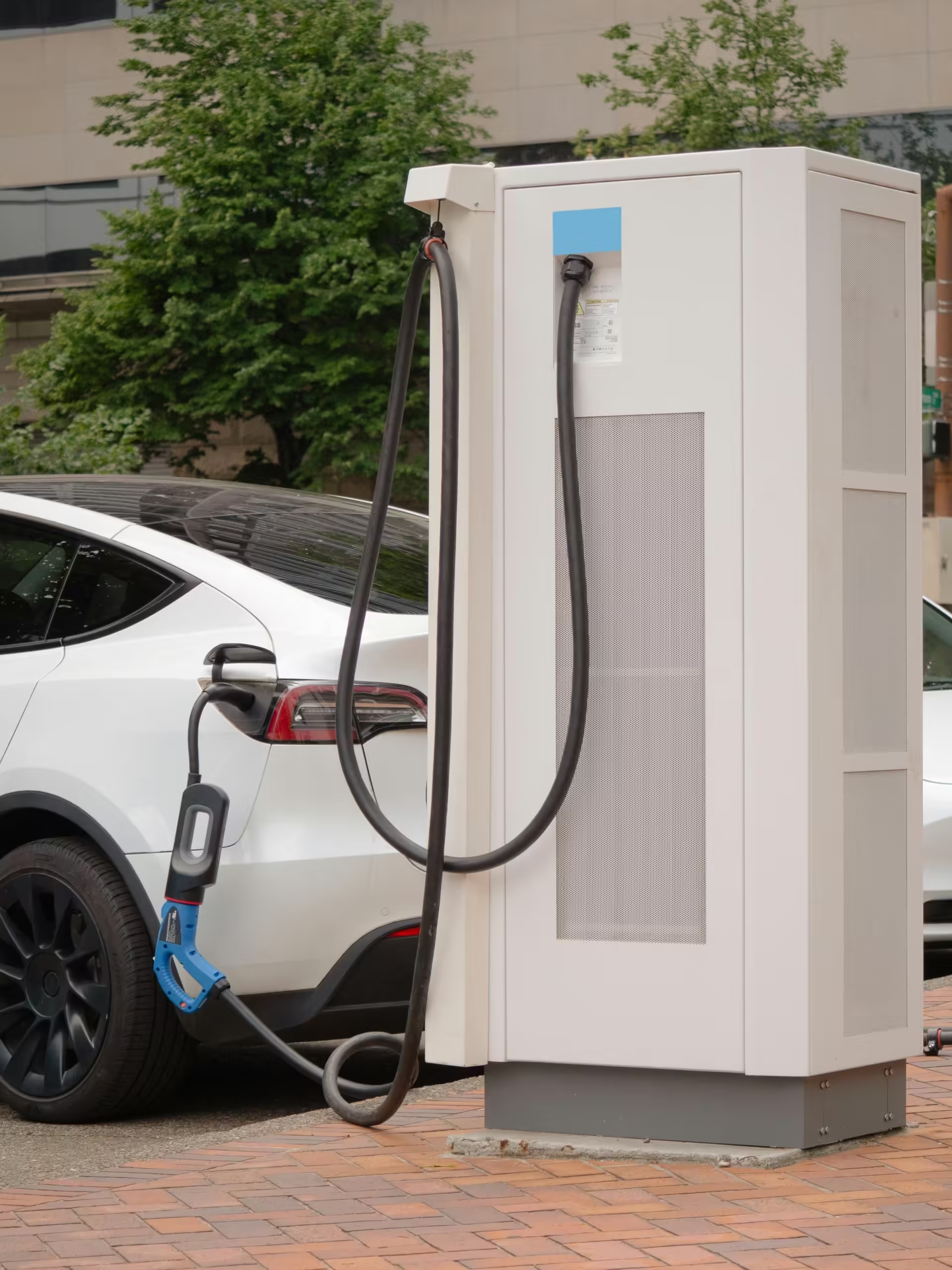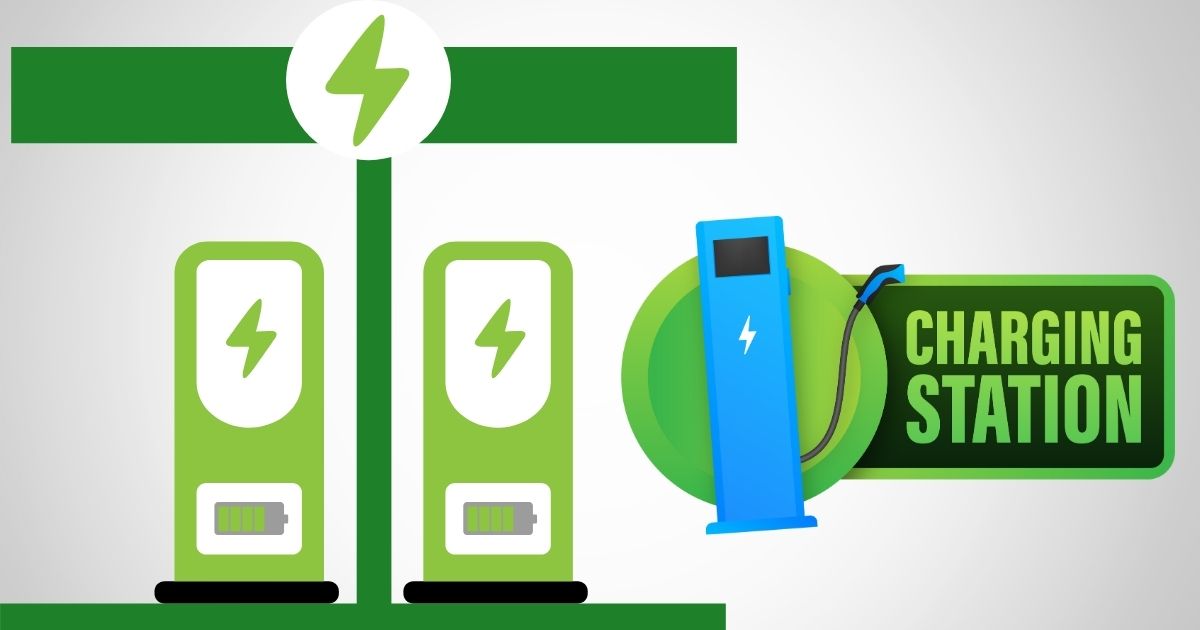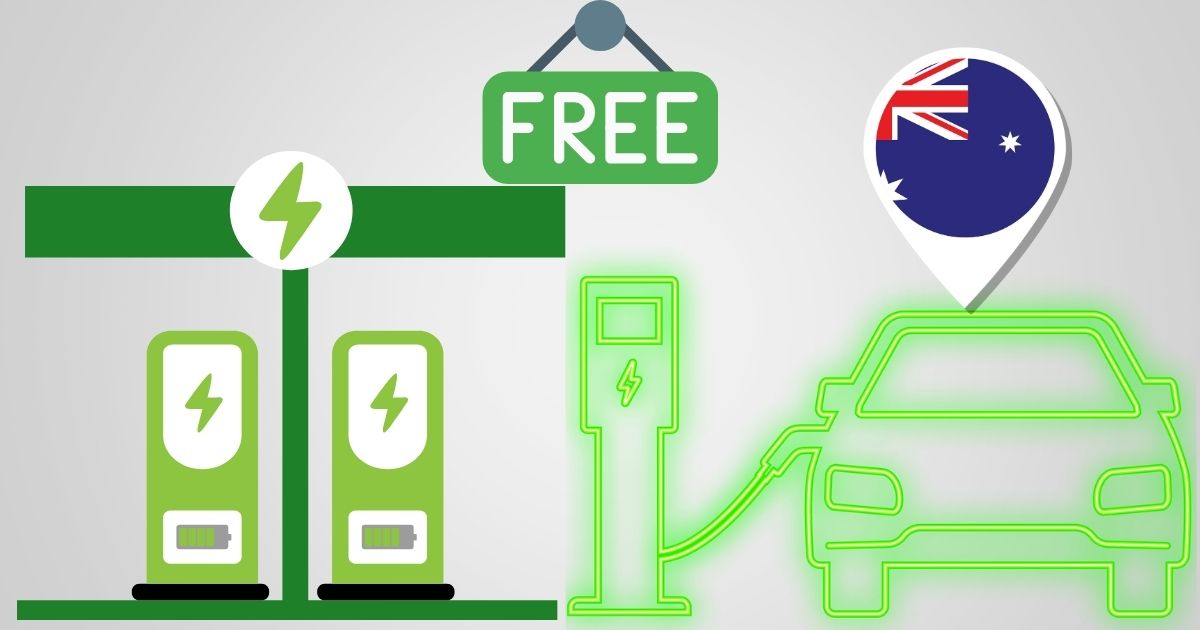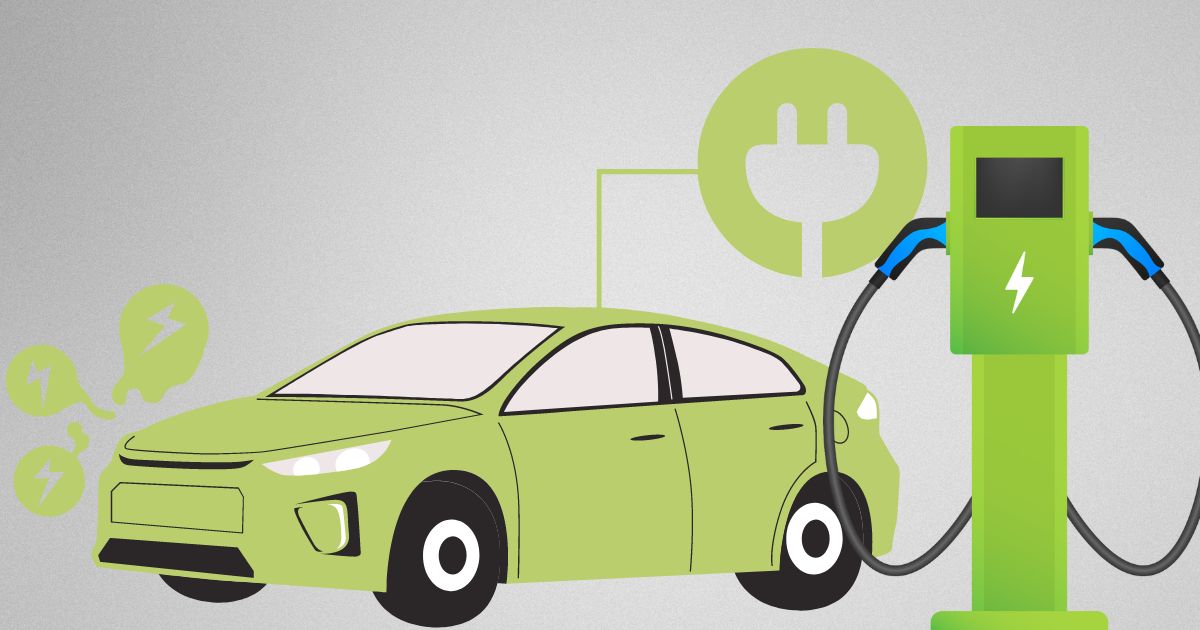I know sometimes it’s a bit difficult to get electric vehicle charging stations in some locations as an electric vehicle user.
But if you are asking me about how convenient it is to use EV Charging stations, one can have his own Station at home, one can have that at work or they could be used as tourist attractions in residences, car parks, in mansions, etc. It can be charged in many public places, too.
Charging an electric car could be as easy as plugging your charger into your phone from the comfort of your home.
Australians are far behind if we want to compare the United States of America and other European drivers, not forgetting China, in using electric vehicles.
This is because they consider the cost involved in purchasing electric cars and doubt the convenience for medium- to long-distance daily journeys. We call this “too much stress.”
Taking into consideration the negative effects, one main thing that can sometimes be frustrating when it comes to electric vehicles is not having your batteries well charged before they reach your parking lot or charging station.
Another issue one could also consider distracting when it comes to electric car charging stations in Australia is that they are a legitimate concern in a country where many people like to travel hundreds of miles at a time and charging stations are slow.
How to Charge Electric Car in Australia
Lithium-ion batteries power all rechargeable electric cars in Australia. Not every charging point is suitable for every car, because most car manufacturers have different plugs and products.
Two important elements must be considered when planning the connection of electric vehicles (EVs) to power plants: the vehicle’s charging rate and the sorts of connections that are available.
There are three distinct classes of electric vehicles when it comes to charging times.
The dimensions of the car’s battery pack dictate these levels.
One example is the 2021 Mitsubishi Outlander, a little electric vehicle with a 13.8 kWh battery.
Then there are EVs with smaller to medium batteries, such as the 40 kWh MG ZS EV or the 2021 Nissan Leaf.
Lastly, there are large-battery electric vehicles, such as the 75 kWh 2021 Tesla Model 3 Long Range.
To charge an electric car in Australia, there are a few things to keep in mind for the best performance and battery life.
It is essential to follow the charging instructions provided by the manufacturer, regardless of the model.
Considering that various electric vehicle models may have varying charging needs, it is important for owners to familiarize themselves with the manufacturer’s instructions.
A number of factors must be considered in order to determine the expense of charging an electric car in Australia.
Rates of energy tariffs, expenses of charging infrastructure, and possible rebates and incentives for EV owners are all examples of what could fall into this category.
When considering when and where to charge their electric cars, owners may make informed decisions that maximize efficiency and decrease expenses.
- Always Keep your battery between 20% and 80%, this means that your battery shouldn’t run below 20% before you go and charge
- Only use the DC fast charger when you really need it
- Do not pay all fees and releases (for example, 0%–100% or 100%–0%)
- Do not make daily payments unless necessary
- Always park your vehicle away from hot weather conditions; this means parking at a moderate temperature .

How Long Does It Take To Charge an Electric Car In Australia?
In terms of the charging limit or how long, an electric vehicle which takes charmers A 350kW ultra-fast charger can charge an electric car in just 8 minutes when using the included portable charger.
But it may take more than 24 hours for the car to fully charge. The battery’s capacity and the charging station’s speed are the determining factors in this. Of course, a lot is changing, and most manufacturers are bringing in new technology to support fast charging.
When using a 7kW charging station, a typical electric car with a 70kWh battery takes 10 hours from empty to fully charged.
Electric cars need to be charged regularly rather than waiting for their batteries to die, which makes them different from gasoline cars.
The most powerful electric vehicles are capable of using larger batteries.
Now let’s get to one of the practical sides of this article, so think of an electric car like a mobile phone with a larger battery.
Just plug your car back in when you get home or to work. Best of all, most of the problems will disappear when the batteries get bigger, and that applies to our mobile phones as well.
Whether at home or at work, 95% of electric cars are charged.
How Much Does It Cost To Charge An Electric Car In Australia?
This question can be difficult to answer because different electric cars have different batteries and public charges.
Different stations, different domestic electricity charges depend on the time of day.
According to the director of payments at Evie Networks, Mr. Bernhard Conoplia, “When they use gas, prices will not be the same as today; prices on the network are generally the same.”
The charge level of cars is a measure of their power source. The third level is the highest level, while the first level is the lowest level, and this applies to our normal mobile phones too.
It goes without saying that the higher the rating, the faster your EV will charge. Public payment centres offer fast payments, while commercial payment centres offer fast DC payments with no stress.
Charging an electric car in Australia can cost between $0.45 and $0.95 per kWh, depending on the capacity of your battery and the location within which you find yourself.
In other words, how much it costs to charge your Sparki Boi on the go is different from how much you will pay in the comfort of your home.
The fact that the charging station has a different payment method often changes the pricing.
The maximum charging speed of many electric cars will also affect the charging speed while driving.
Another important thing to consider is the current value of the battery; When the battery reaches capacity, the charge is reduced to protect the battery.
Some of the charging stations in Australia will charge an additional fee, such as a discount, if the vehicle is parked.
In addition to charging, the electric car is also charged at the selected location after it is completed.
The good news is that there is still plenty of free public parking. These include the NRMA’s network of more than 50 charging stations across New South Wales and the Tesla charging station, which has up to 22 kW of charging power and is available to Tesla owners and non-owners alike.
Charging Network Jolt also offers electric drivers the first 7 kWh of free charging on its 25 kW DC fast charging network. This equates to 45–50 miles of driving or approximately 15-20 minutes of charging time.
